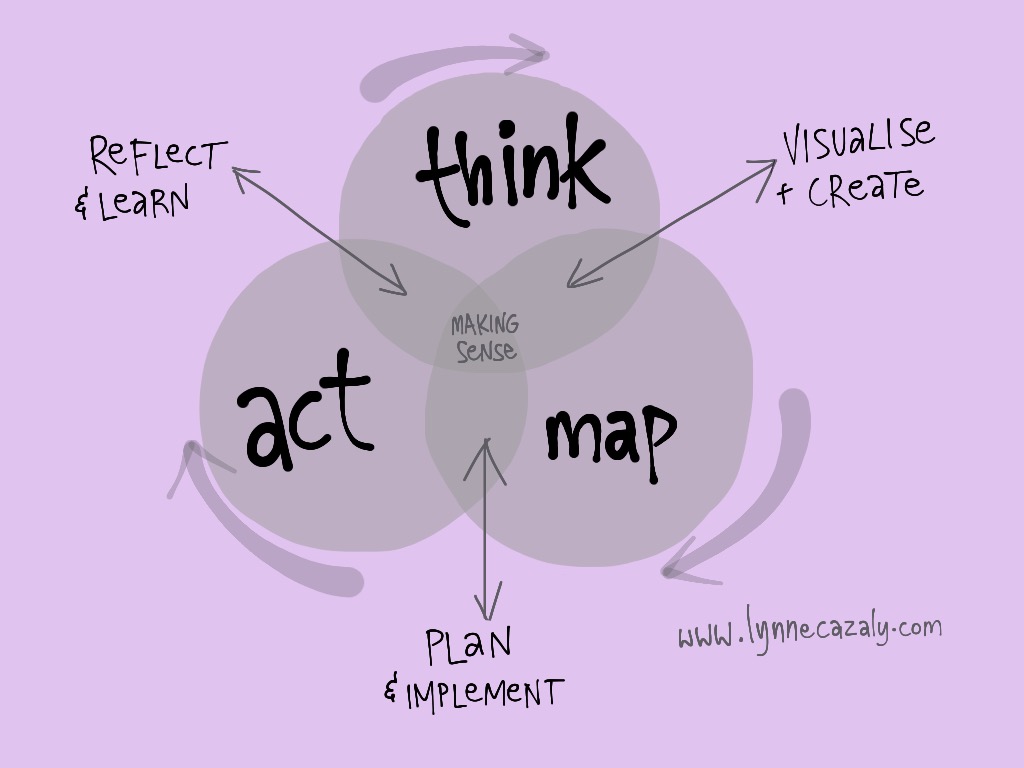The 'death model' of change is done
 Thursday, May 4, 2017 at 10:15AM
Thursday, May 4, 2017 at 10:15AM If you don't like change, you are going to like irrelevant even less.’ - Eric Shinseki
Change and transformation are constant in organisations, and the reality is that leaders need to lead that change. And get used to leading it.
It's through change that organizational culture is created, demonstrated and lived.
Your capability as a leader is often measured by how well you lead change and transformation, and how well you’ve helped a team or organization shift from ‘here’…. to ‘there.’.
Over time, it can be challenging to keep on leading change and transformation projects - particularly if the team is feeling a little change weary!
Oh no, not "pushback"
Some team members resist and pushback on the change initiatives you’re leading. This type of resistance and response can build and next thing you know, you have a groundswell of support against a change, not for it.
Leading change is a daily part of being a contemporary leader. And leaders need to feel comfortable with the discomfort that can come from their efforts of leading change. Even when the going is tough.
We’re living in a VUCA world (volatility, uncertainty, complexity and ambiguity) and to lead change in this environment takes a mix of know-how, mindset and action that positions leaders as the true transformers of organizational culture.
More "urgency" won't help
How do you help people understand why this change is just as, or more important than the last one you led? There’s only so much ‘urgency’ you can create as a reason to change, or to push or engage people to change.
I was facilitating a kick-off leadership workshop with a project team recently and that cliched phrase of "create the urgency" was trotted out endlessly. *groan* They were too focused on pushing people... a kind of "hurry up and change" message.
Yes sometimes it’s a challenge to get strong buy-in from across the whole team and beyond. There might be pockets of support, pockets of dissent and a bunch of people simply sitting in the middle, waiting to see which side of the change fence they might end up sitting on.
So. Many. Questions.
Sustaining high levels of engagement throughout a change program is a challenge. Questions can come from all quarters. You might want to answer every question that people have but sometimes that’s not possible. It may feel like you have little time or you may feel there’s a sense that the questions would never end, and that you would get the same questions over and over and over….
How do you handle the resistance, the comments, questions and frustrations of team members… without letting it get on top of you, disrupting the rest of the team, or putting a stop to the transformation that’s underway? I think this is an ideal facilitation capability. There are ways to open up discussion, handle the tricky subjects and then wind things up without shutting people down.
First, let's STOP with the 'death model'
Where have you learned about how to lead change?
Much is learned from the leaders who lead us and the changes we've been through with them. And much of that can be flawed, dated, tired, slow and stodgy.
Come on, there’s only so much that a PowerPoint slide with the Elizabeth Kubler-Ross model of grief can do to help inspire and engage you lead change! As highly regarded as the model is, it’s about death and dying.
Enough with linking change to death. How uninspiring!
Ever been in this workshop?...
"Welcome to our workshop today about change. Firstly, here's what dealing with grief and death is like. Here's what's going to happen to you throughout our transformation program... there's no way out"
We’ve got to move on from the ‘death’ model of change to a more contemporary approach, of change being constant, living, dynamic and a necessity. This is what business agility is; it's what's agile, adaptive, responsive and needed.
Risky career business
Change and transformation needs to be led … every day. And leaders need to do that in an inspiring way.
Yes, there is a real risk or fear that the change program you’re leading could fail. Some of them do. And if you’re judged on your performance or capability to lead a team through a rapidly changing environment, this can impact your credibility, marketability, success and career path.
But don't let that hold you back from trying new things and applying more contemporary approaches to change.
As a leader of change, you'll be charged with the responsibility to design, engage and execute change - and it needs to be done in a human way. Coupled with leading your own cohort, you still need to maintain a strong sphere of leadership influence among peers and beyond.
It’s a fine balance between:
- leading the team,
- leading the change and
- leading your own career.
And that's not griefworthy or deathly.
Carry on. Keep going. Look for a lighter style and approach to change and stop with the comparison to death.




















